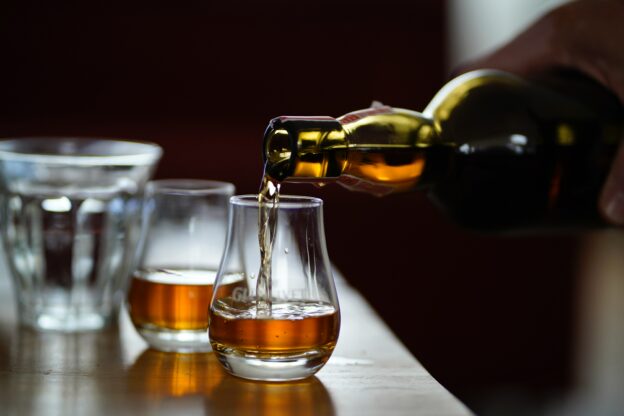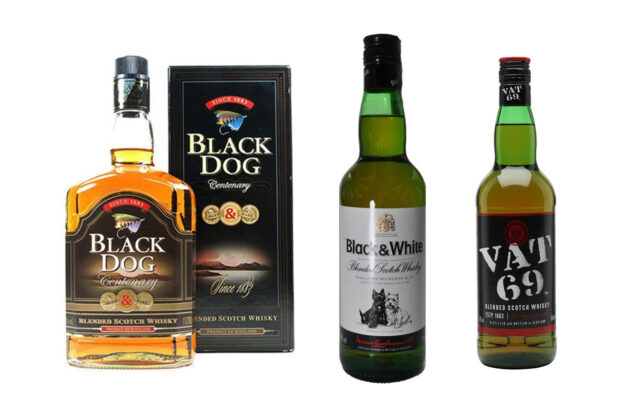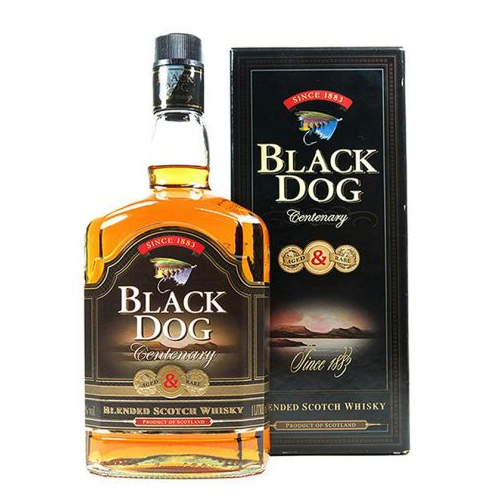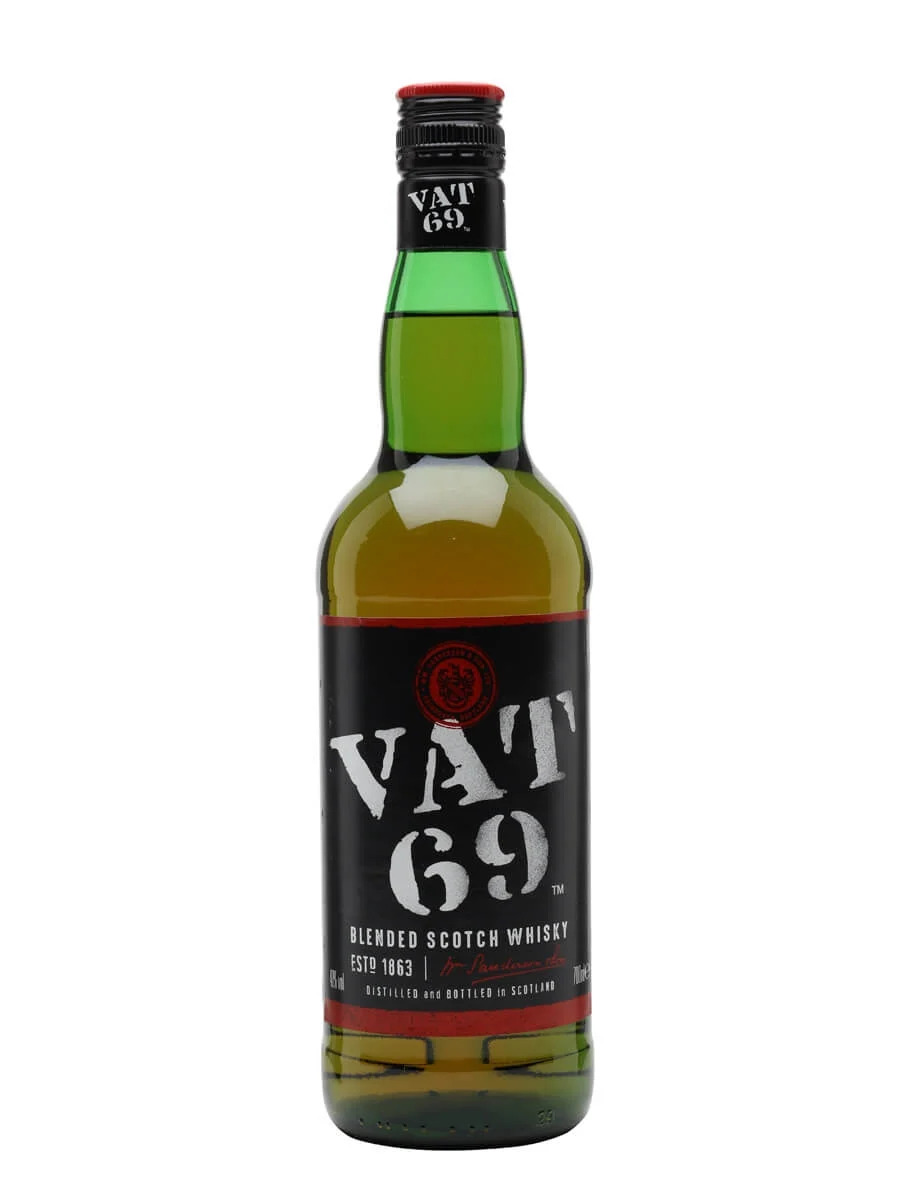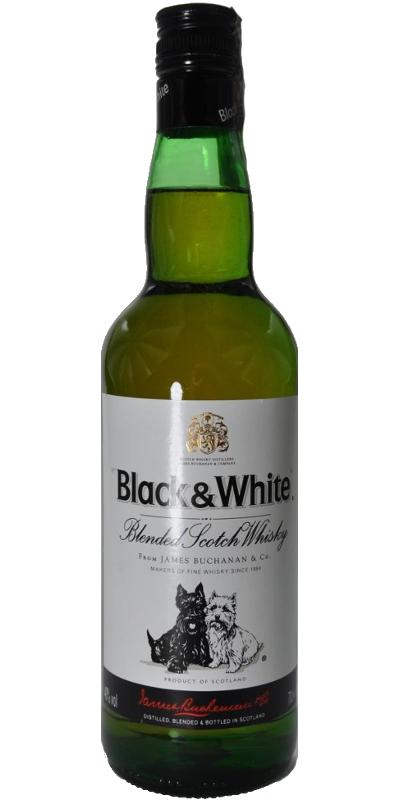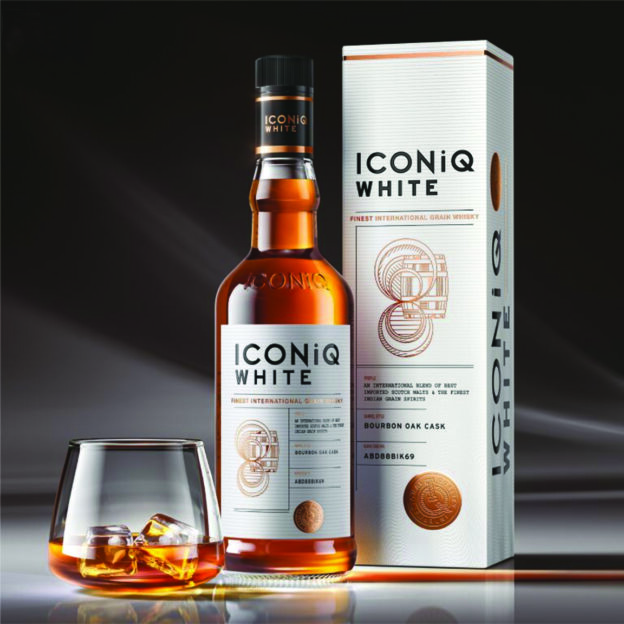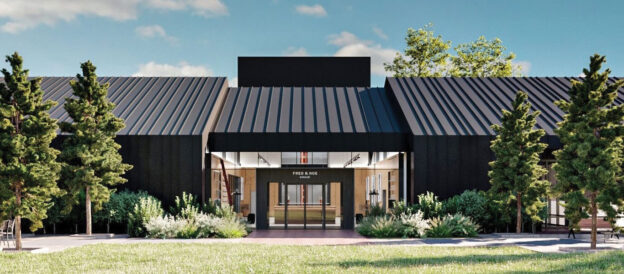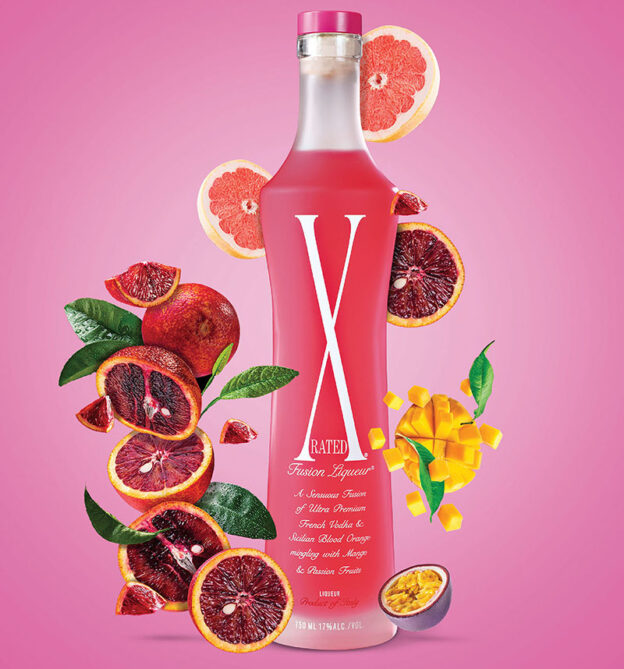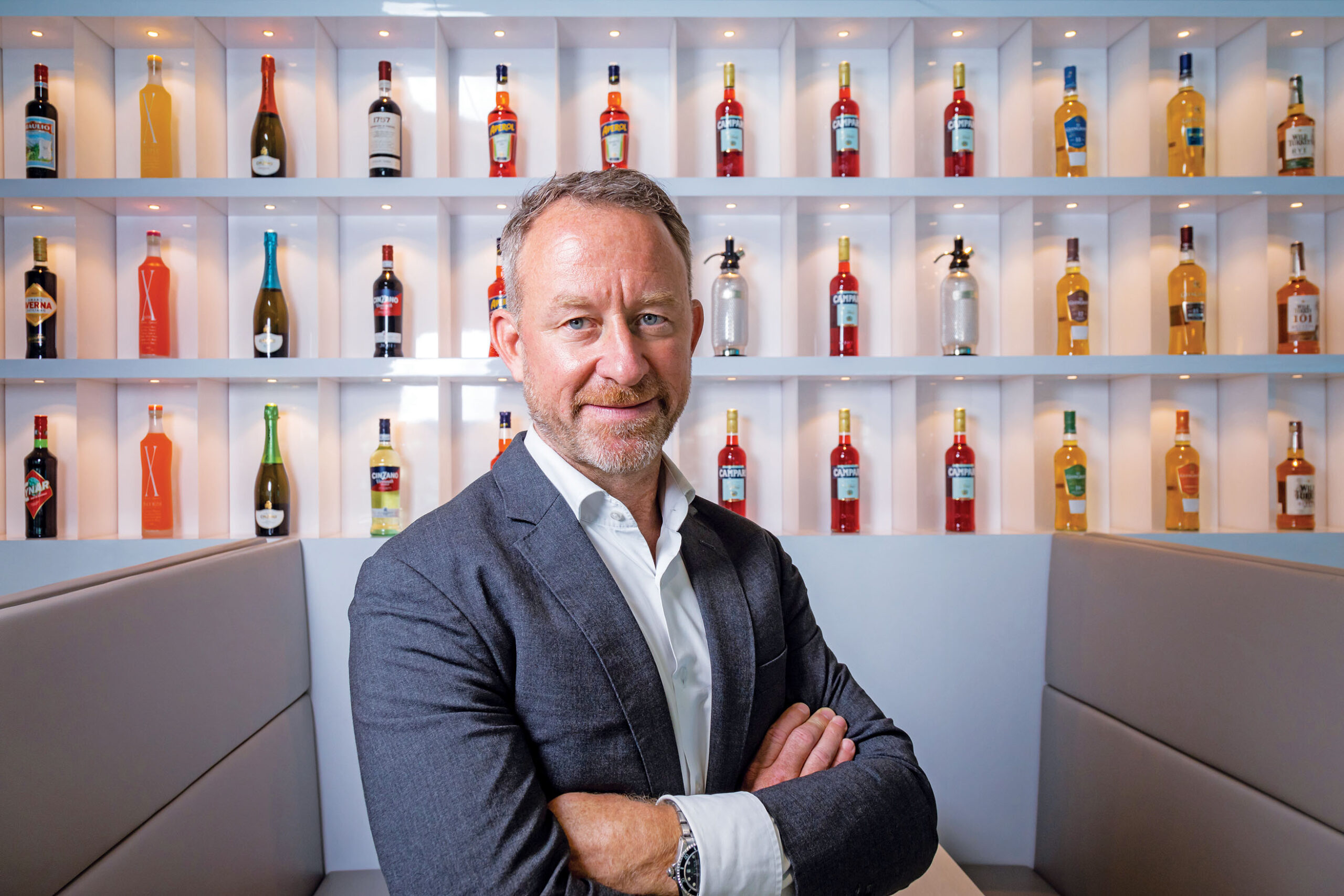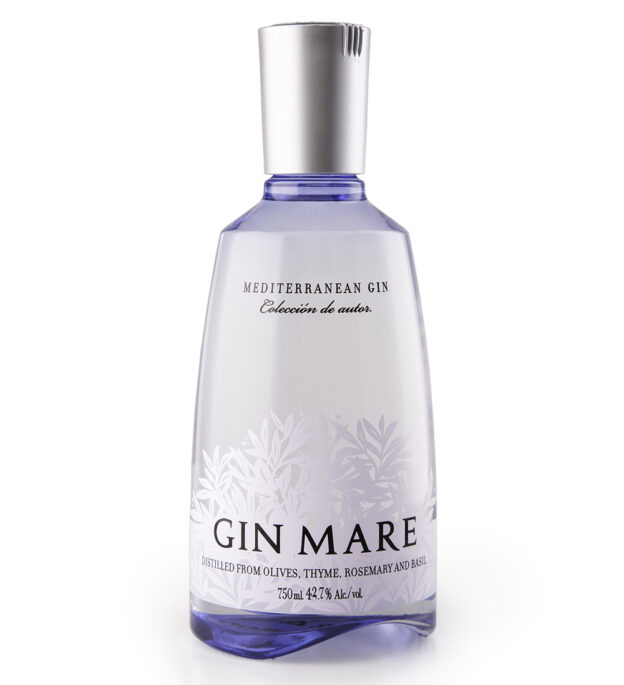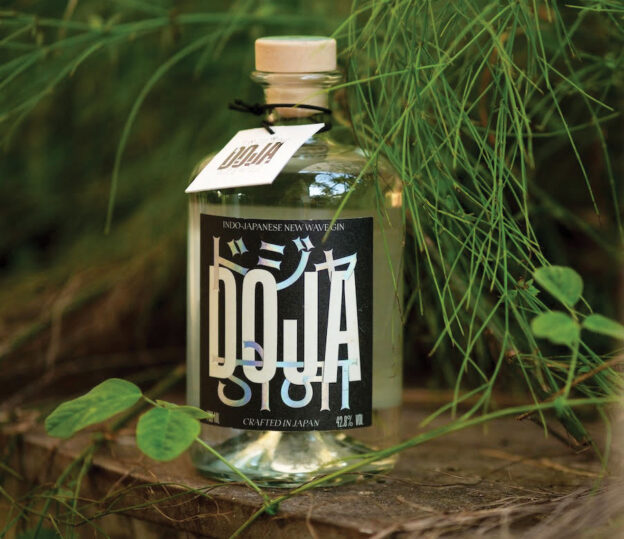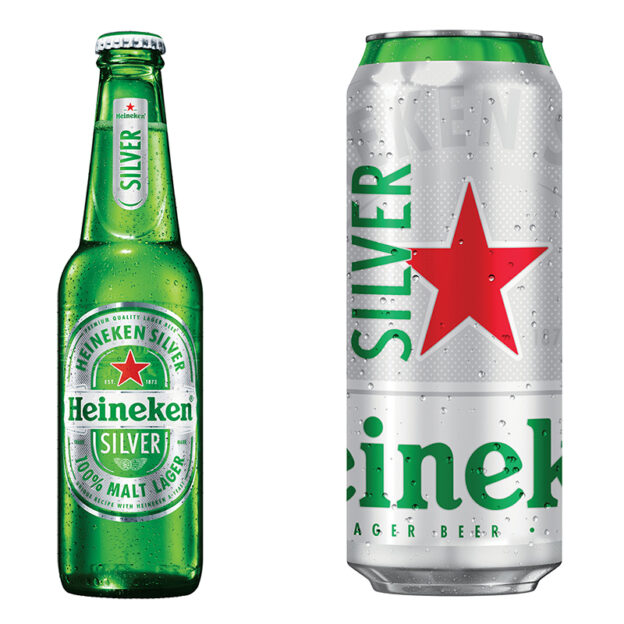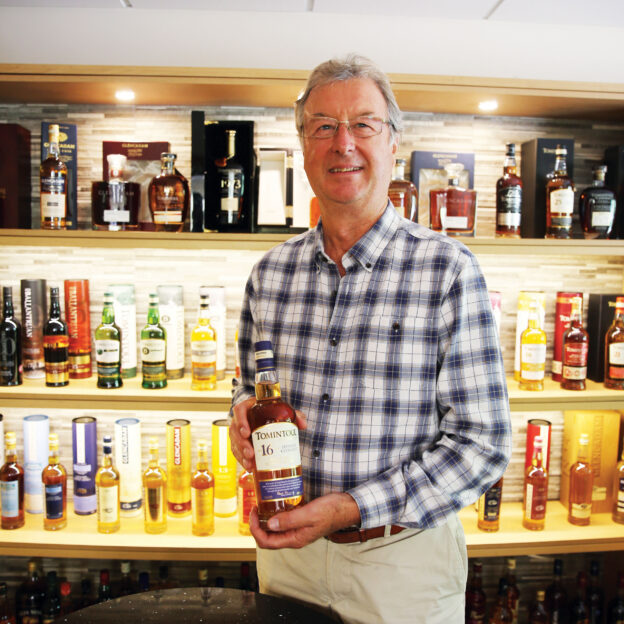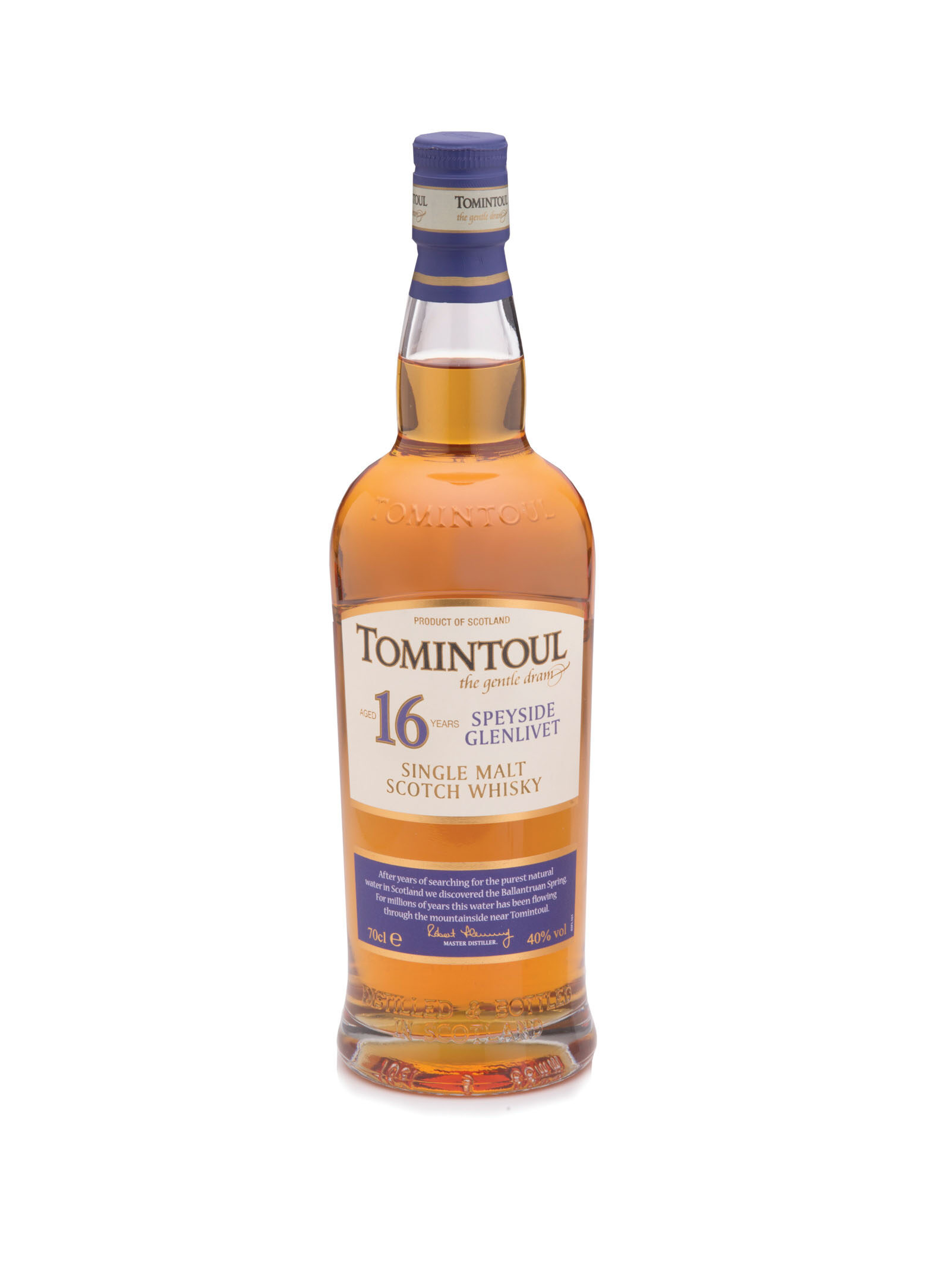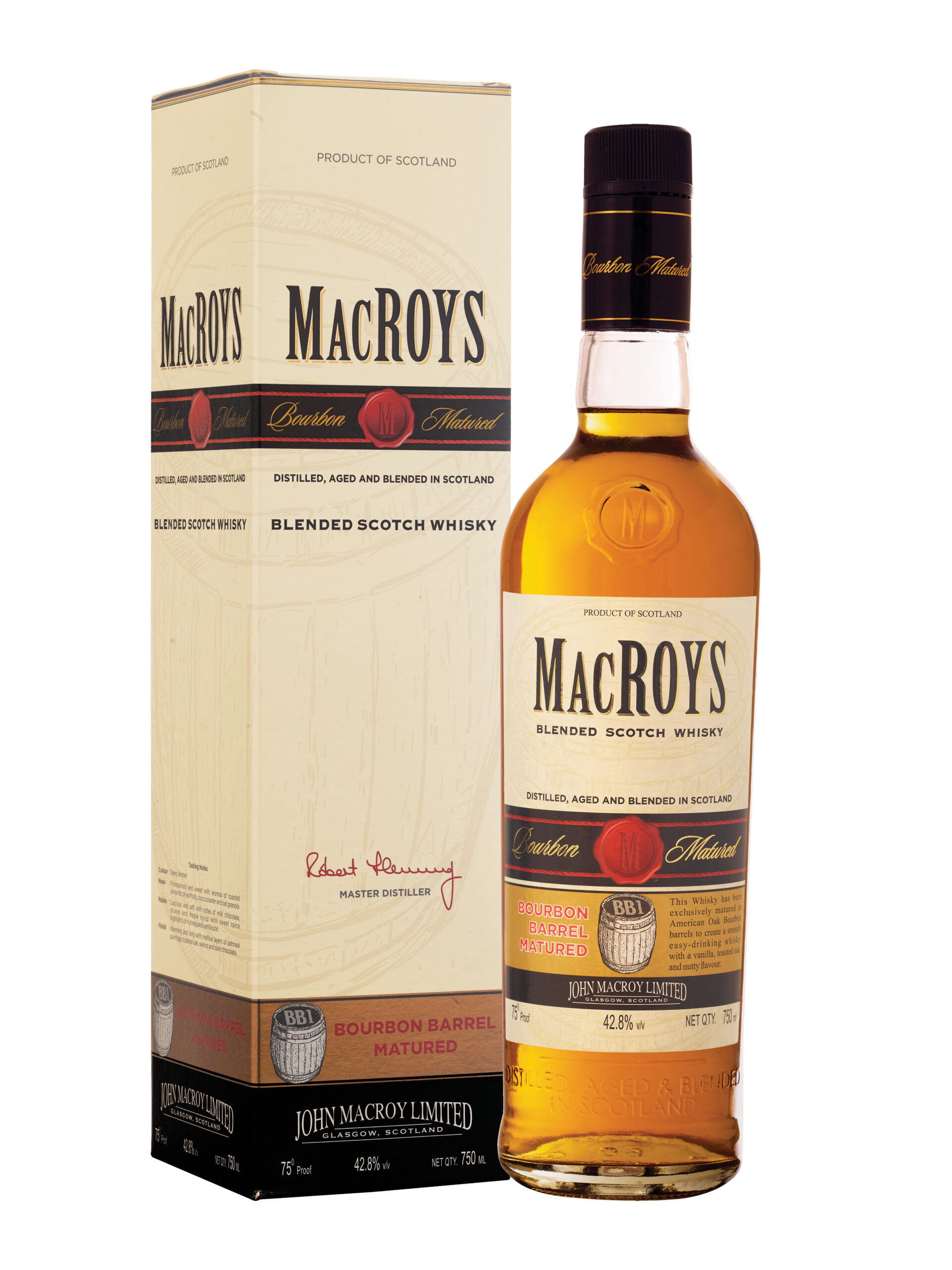What that means to an Indian Tourist or International Traveler?
In a landmark announcement, starting 1st January 2023 Dubai has scrapped their 30% municipality tax on all alcoholic beverages as well as the personal liquor licence fee. This means that alcohol will now be free-to-obtain for those eligible to legally purchase alcoholic beverages in Dubai.
A valid Emirates ID, or Passport for tourists, will still be required to apply for the same. But the reason why this is an important development, especially for travellers that flock Dubai from India, they can now enjoy buying alcohol at reduced rates at restaurants and also off the counter using their passports.
Most travellers from India or elsewhere aren’t always aware that they can buy alcohol from designated retailers or wine shops (as Indians know it) in Dubai using their passports if they are off legal age. And due to this lack of awareness, most travellers often leads for them to consume alcohol at restaurants, hotel bars, etc which often charge mark up of 4-5 times on alcohol.
Such instances were recently also observed during the FIFA World Cup as well when global tourists visited Dubai due to its close proximity to Qatar. But it is also obvious that Dubai is not only looking to make things easier for expats working in the country but also looking to become an even more attractive country for professionals and tourists for the future, especially with its Emirati neighbours like Saudi, Qatar, etc becoming more aggressive to attract professionals and tourists.
What is also important to note is that this ruling is currently being implemented on a trial basis for a period of one year with further decisions to make it permanent to be taken later.
Will alcohol be cheaper in restaurants and duty free though?
Although the taxes have been reduced, experts are unsure whether this tax break will be passed onto the consumer or not, especially in restaurants.
Tourists also expecting for the prices to reduce further at duty free will have to wait since there isn’t any clarity if this reduction on tax will prompt manufacturers to drive the prices lower further. If you thought that this tax break will make alcohol cheaper in duty free as well – then no – the liquor supplied in duty free is already without the taxes which means it will still continue to be at similar prices, although there are subsequent drivers that do allow distributors to drop prices further.
So if you are planning to visit Dubai in 2023 and enjoy the tipple, then things got more interesting for you.

